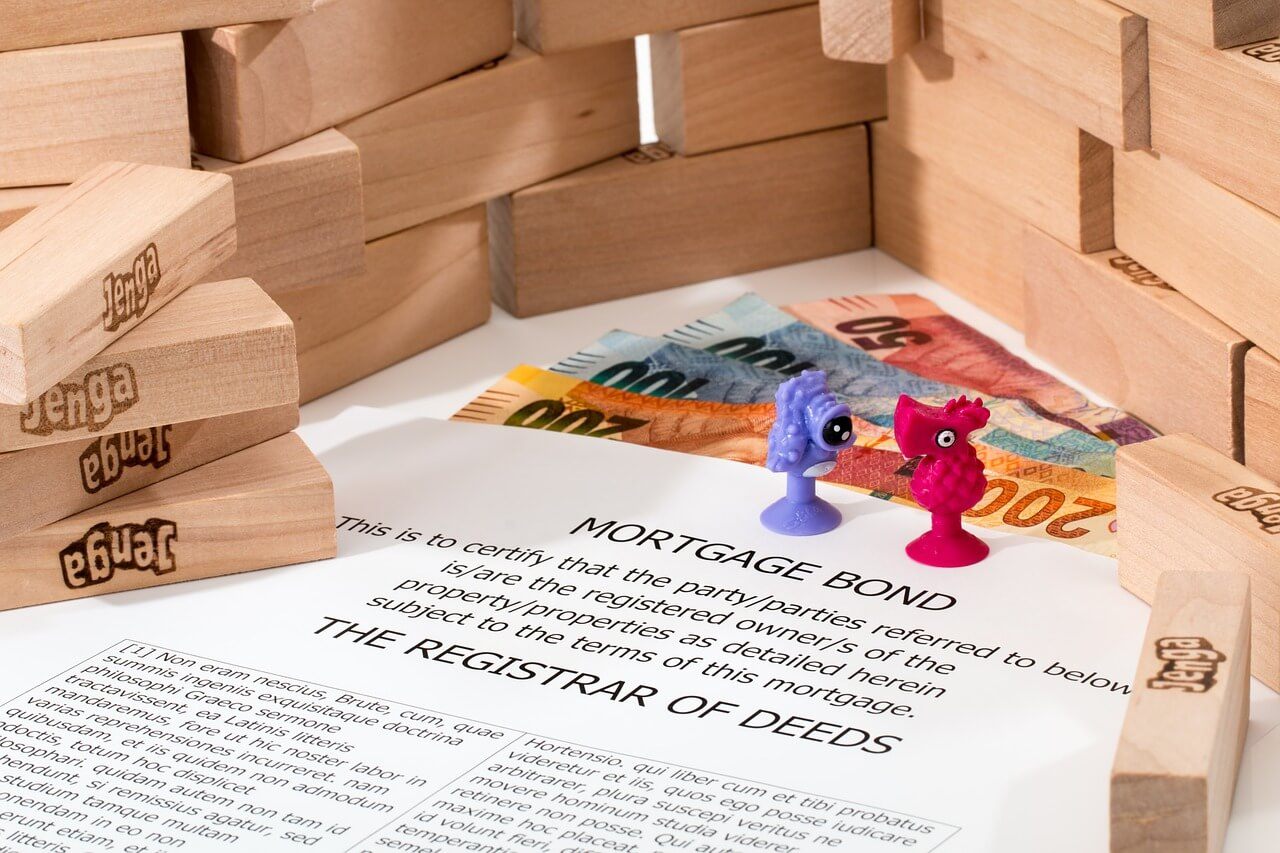Business
National Mortgage Risk Index increased in April 2018: AEI
The said institute also reported that the new house price index showed signs of possible increases coming in at a rapid pace.

Mortgage risk in the U.S. increased, according to the recently released report of the American Enterprise Institute’s (AEI) Center on Housing Markets and Finance.
The National Mortgage Risk Index (NMRI) gained a 0.5 percent increase last April compared to the same month last year. The NMRI was based on risk-rated, loan-level data, covering loans between September 2012 and April 2018. It is currently the best way to measure standards in present mortgage lending.
The AEI report indicates that there are three major drivers that push mortgages towards higher risk. The first is a higher availability in terms of income leverage. This allows borrowers to refund for faster home price appreciation. The second is down payment loans receiving decreases. Usually, the low down payment loans are combined with down payment assistance. The final driver is the increased presence of cash-out refinances amid the increase of homeowners’ tappable equity. Cash-out refinance is a replacement of a first mortgage, which is generally riskier compared to other types of loans.
The cash-out index also played a role in the increase of April Refinance NMRI, as the report indicated that this additional leverage is being taken into higher house prices. According to AEI Center on Housing Markets and Finance Co-Director Edward Pinto, the multi-year increase in house prices, specifically for first-time homebuyers, continues relentlessly, citing that it was “fueled by high-risk mortgages guaranteed by taxpayers.”

The American Enterprise Institute identified three main drivers that are pushing mortgages towards higher risk. (Source)
AEI’s new house price index showed that there could be a rapid increase in house prices for lower-income neighborhoods. Though, on a nationwide level, there are a few metros that are experiencing negative home price growth. This would allow market excesses to build.
AEI said that the rising prices could have different impacts on buyers—with repeat buyers having the advantage on price appreciation and with first-time buyers losing because they had to take on more leverage. The first-time buyer index jumped 0.6 points on increases in FHA loans.
According to the report, there have been movements in default rates across risk buckets, with borrowers possessing 620 to 689 credit scores going towards very high-risk buckets. The borrowers within the scope of this credit score bracket would probably have default rates of 22.7 percent to 45.8 percent.
Furthermore, Pinto also said that this trend will persist as the Federal Housing Administration (FHA), the government-sponsored enterprises and the U.S. Department of Veteran Affairs keep providing easy mortgage credit terms—this keeps demand well in excess of supply.
The NMRI covers about 32.9 million agency loans predating to September 2012, which comprises 16.8 million agency refinance loans and 16.1 million agency purchase loans.

-

 Crypto2 weeks ago
Crypto2 weeks agoCrypto ETF Inflows Signal Renewed Market Confidence
-

 Crowdfunding2 days ago
Crowdfunding2 days agoDeep Learning Italia Launches €400K Crowdfunding to Bridge Italy’s Tech Skills Gap
-

 Biotech1 week ago
Biotech1 week agoSpain Joins First EU Joint Clinical Assessment Under New Health Technology Regulation
-

 Crowdfunding6 days ago
Crowdfunding6 days agoa2censo Expands Crowdfunding Access for SMEs and New Investors

























You must be logged in to post a comment Login